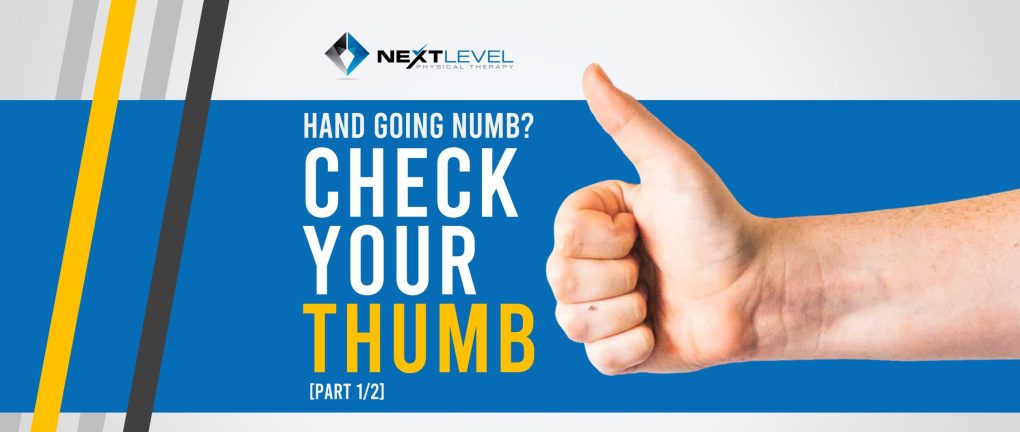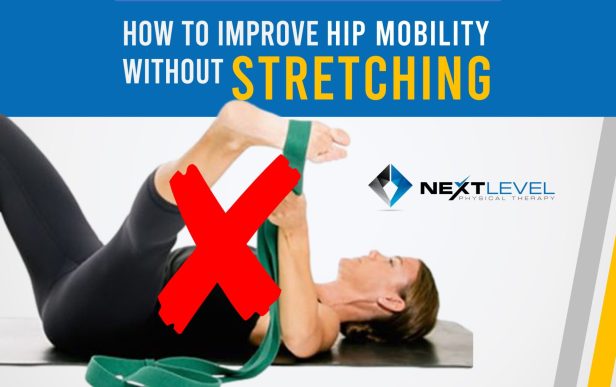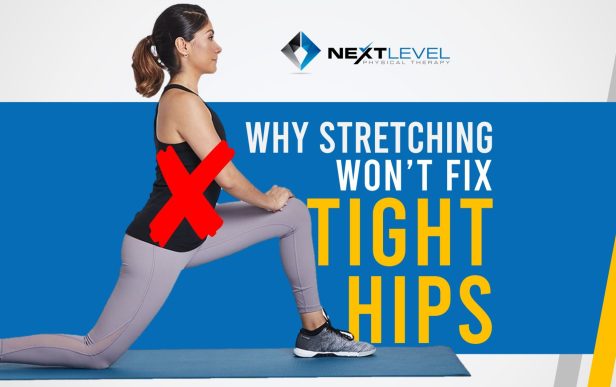Author: Dr. Colin Butler, DPT, ATC
Carpal tunnel syndrome is a collection of symptoms that most commonly appear in the thumb, index and middle fingers on the palm side of the hand.
The hallmark symptom of this is aching or a loss of sensation in those three fingers specifically.
Typically, these symptoms are arising because the median nerve is experiencing a prolonged compression where it crosses into the hand at the “carpal tunnel” – or a small loop of tendon overlapping several muscles that run into the hand and the median nerve at a very small space near the bones of your wrist. (Figure 1).
Source: https://qph.fs.quoracdn.net/main-qimg-2effc0be8c4ff02f065339aebda08596-c
The most common courses of treatment that I see recommended are prolonged static stretches of the muscles on the front of the wrist and forearm, active range of motion exercises for the wrist and hand in all motions, stretching of the thumb muscles, and tendon and nerve glide activities.
What all these activities have in common is that they are being prescribed with the goal of reducing the compression on the median nerve. Nerves love movement, blood flow, and space around them. The intent of what needs to happen during treatment is spot on – it’s why the surgical option to try to alleviate the symptoms is to cut that white-colored tendon you see running between the thumb and pinky muscles, to make more space over the median nerve.
While there is nothing wrong with these activities, not all interventions have the same effect. If we are trying to create room around the carpal tunnel, we need to appreciate the position of the hand versus the wrist, because many of the muscles that cross the carpal tunnel cross or directly attach to these bones.
Stretching muscles statically mostly just increases the tolerance of a muscle to being lengthened, and does not do much to address the qualities or behavior of muscles or tendons from what the latest research on stretching tells us (PubMed ID# 28801950). Plus, prolonged tension put onto a nerve that is already compressed can be like stretching an already taut rubber band more – it’s not going to help to reduce the tension in that structure.
So, instead of just focusing on a muscle or muscles that are “tight”, let’s instead focus on helping the bones of the hand and wrist be able to get into a position to “unstretch” the rubber band and help give that nerve more space around it to help it be able to move more freely.
The picture below shows an example of a thumb that is internally rotated (the yellow area) relative to the position of the wrist. The blue arrow shows a thumb that is better able to externally rotate relative to the wrist than the yellow arrow. (Figure 2)

Source: https://i2.wp.com/plasticsurgerykey.com/wp-content/uploads/2020/06/10-1055-b-002-98003_c049_f001.jpg?w=960
Can you see how stretching the muscles of the yellow hand might have a completely different result than the blue hand?
The same solution applied to these two different hands does not yield the same outcome.
In the next part of this discussion, we’re going to talk about how to tackle getting a more effective solution to create space and movement around the median nerve and possibly eliminate symptoms in the carpal tunnel that are tailored to the specific presentation of the yellow hand.



